The 10 Best Open-Source Products Of 2011
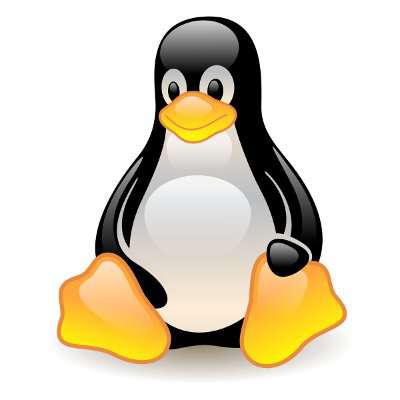
The Best Of The Best In Open Source
From the desktop to the cloud, from new GUIs to new functionality, 2011 was a year in which major open-source projects made great strides. Here are the 10 best products that resulted from open, community-based development during 2011.

10. Fedora 16
It’s faster, it supports LibreOffice and it supports Condor Cloud, the IaaS implementation based on Condor and Deltacloud -- the technology that lets you write a cloud solution once and have it run on multiple platforms. Fedora one again shows it focuses on enterprise-level computing rather than consumer, with a clear aim to the future of IT.
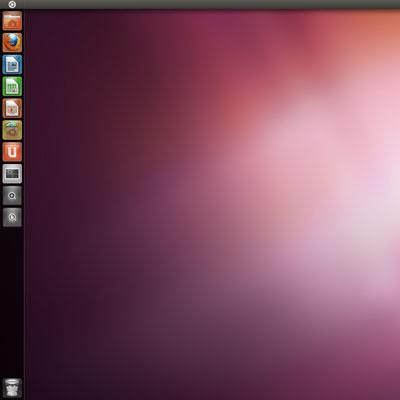
9. Ubuntu 11.04
This version of Ubuntu introduced us to the Unity interface, a streamlined, unique, graphical application launcher that is sleek, elegant and useful. Though not as strong with mobile device support, Ubuntu 11.04’s UI and desktop cloud integration (with Ubuntu One), are friendlier and easier than either Windows 7 or Mac OS X.

8. OpenStack
OpenStack is the open-source cloud platform brought into the world by the working partnership of Rackspace and the National Aeronautics and Space Administration (NASA,) and its work has been one giant leap for cloud kind. Bearing down on almost 5,000 open source contributions and several dozen new features, OpenStack is now beginning to change the on-demand computing ecosystem in a meaningful way.
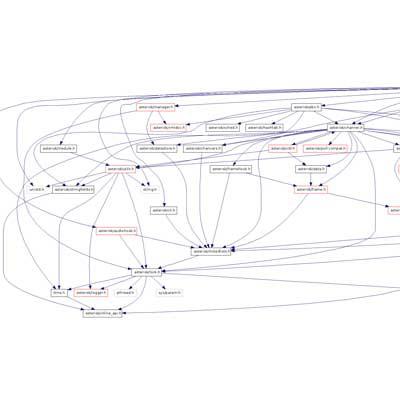
7. Asterisk 10
The open-source VoIP platform now supports conferencing via a function called ’confbridge,’ in the latest version Asterisk 10, Beta 1. In an industry that’s estimated at more than $3 billion annually by some, the advancement of open source into conference calling is no small deal. Between now and year’s end, Asterisk 10 may be one of the biggest IT developments of the year.
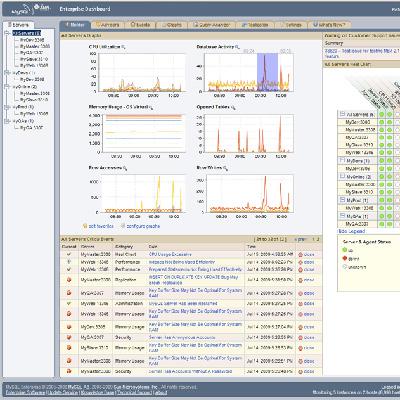
6. MySQL 5.6
MySQL 5.6, now in beta, includes significant advances in text-based search inside a database, as well as performance enhancements. With the growth of the world’s data set to explode like never before with the advent of data-capturing and data-creating mobile devices, MySQL 5.6 is firmly in place as the strongest open-source database.

5. Android 3.XX
These versions of Android, under the code-name ’Honeycomb,’ brought the open-source, mobile operating system to the tablet form-factor in a competitive way. With support for a fuller, more comfortable keyboard, better graphics, better media support (for inputs like USB) and multiple screen sizes.
4. Firefox For Android
Firefox for Android, which we reviewed as a beta designed the way you’d expect a full browser for a tablet to be designed, and on 10-inch Android tablet, it’s visually pleasing. Like Firefox Home, you can synchronize your bookmarks from your PC to your Android tablet (although it’s a messy process.) Still, this is a strong, full-featured browser and significant for the Android platform.
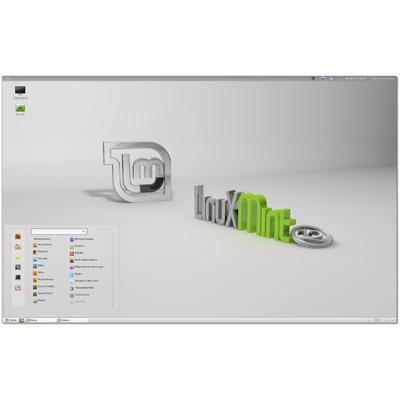
3. Linux Mint 12
One of the more popular Linux desktop distros (along with Ubuntu and Fedora), Linux Mint, in its 12th version, adds significant UI improvements including a graphical bottom launcher panel. It also defaults its search engine to Duck Duck Go, which, it notes, is built on and contributes to Open Source.

2. Ubuntu 11.10
This version of Ubuntu, its second new one of 2011, provided an outstanding Software Center in which applications could be downloaded or purchased. It also defaulted to LibreOffice as its default productivity suite – a significant boost to the nascent community of developers that splintered from the OpenOffice.org community.
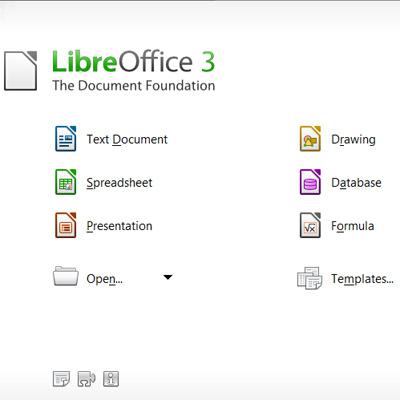
1. LibreOffice
Between the new, downloadable extensions for LibreOffice, the greatly improved the ease of use and functionality for its Impress and Calc applications and support for a full range of file formats, including ODF, .doc, RTF, HTML, XML, .ppt, and .xls, developers of this suite have come far, fast. As a default to Ubuntu, it will be on the desktops of perhaps millions in short order. They won’t be disappointed.